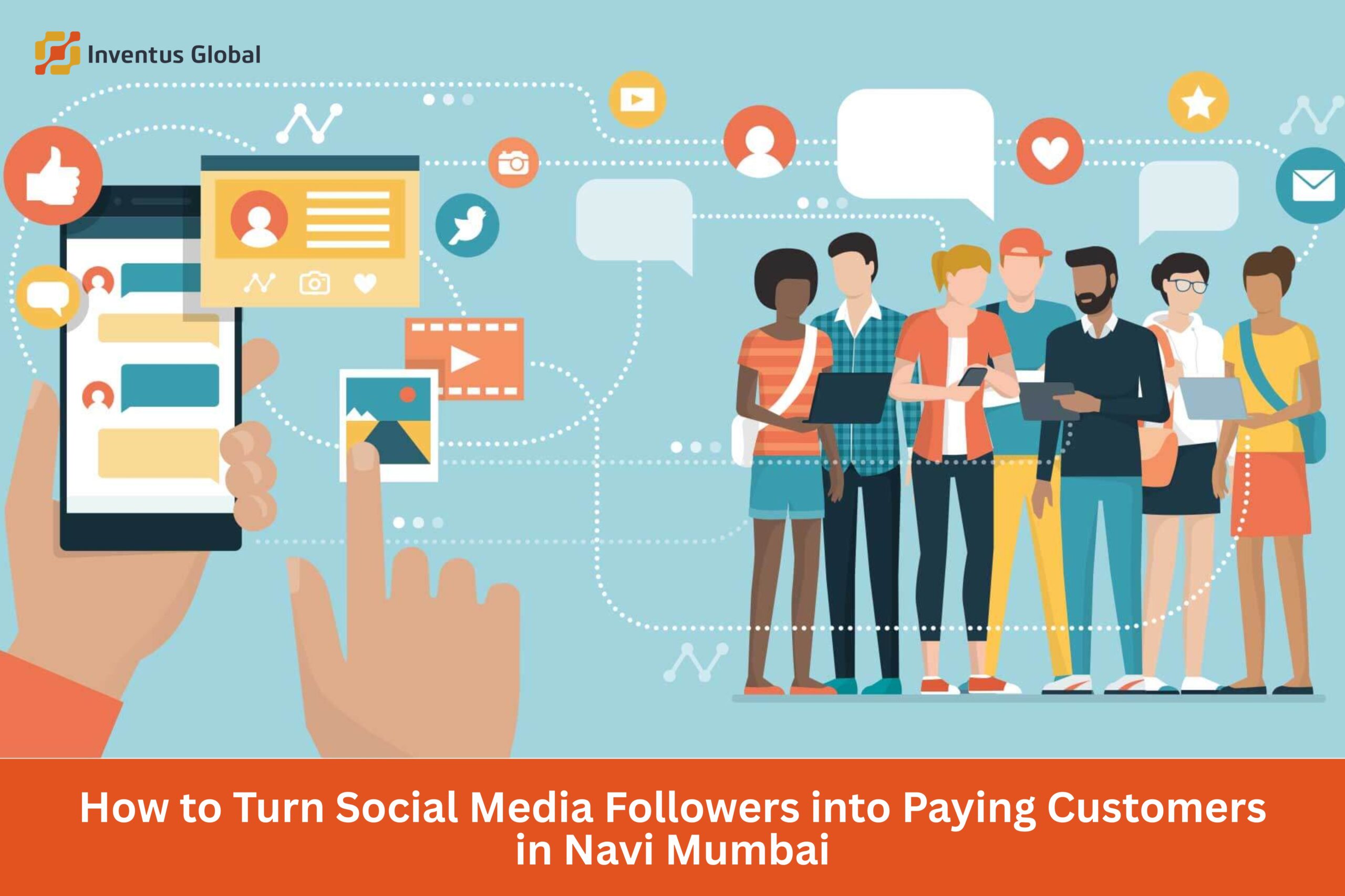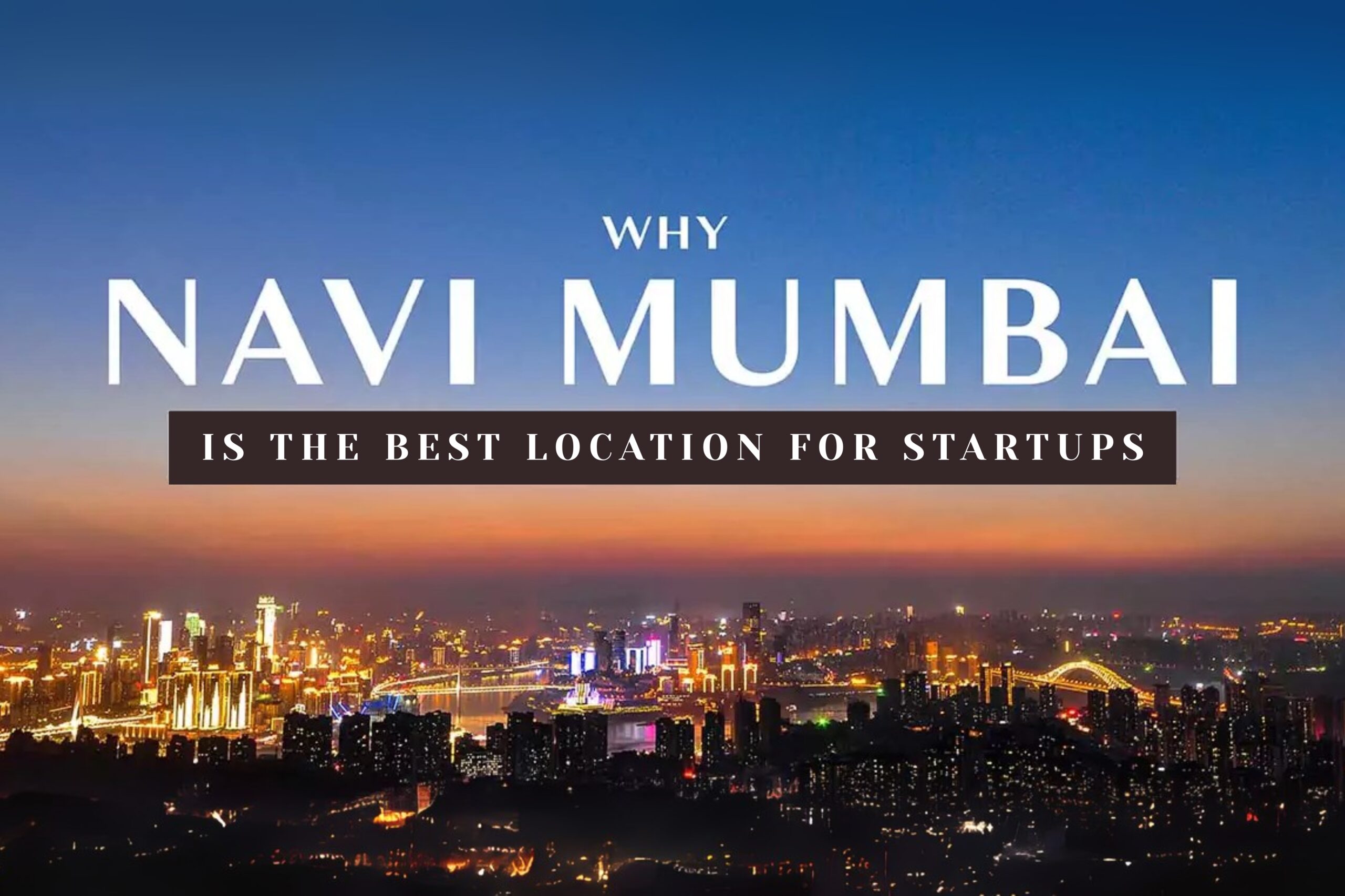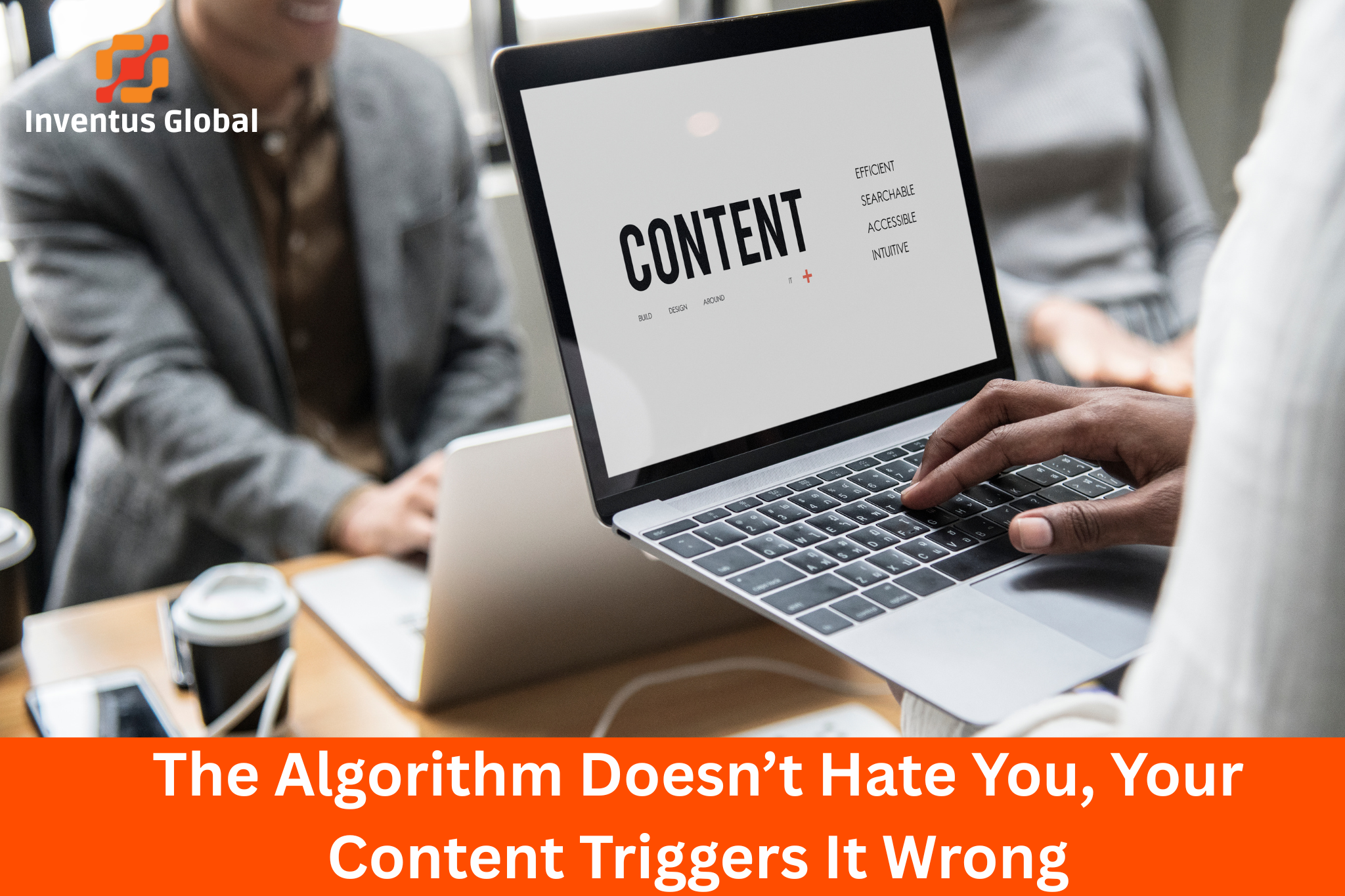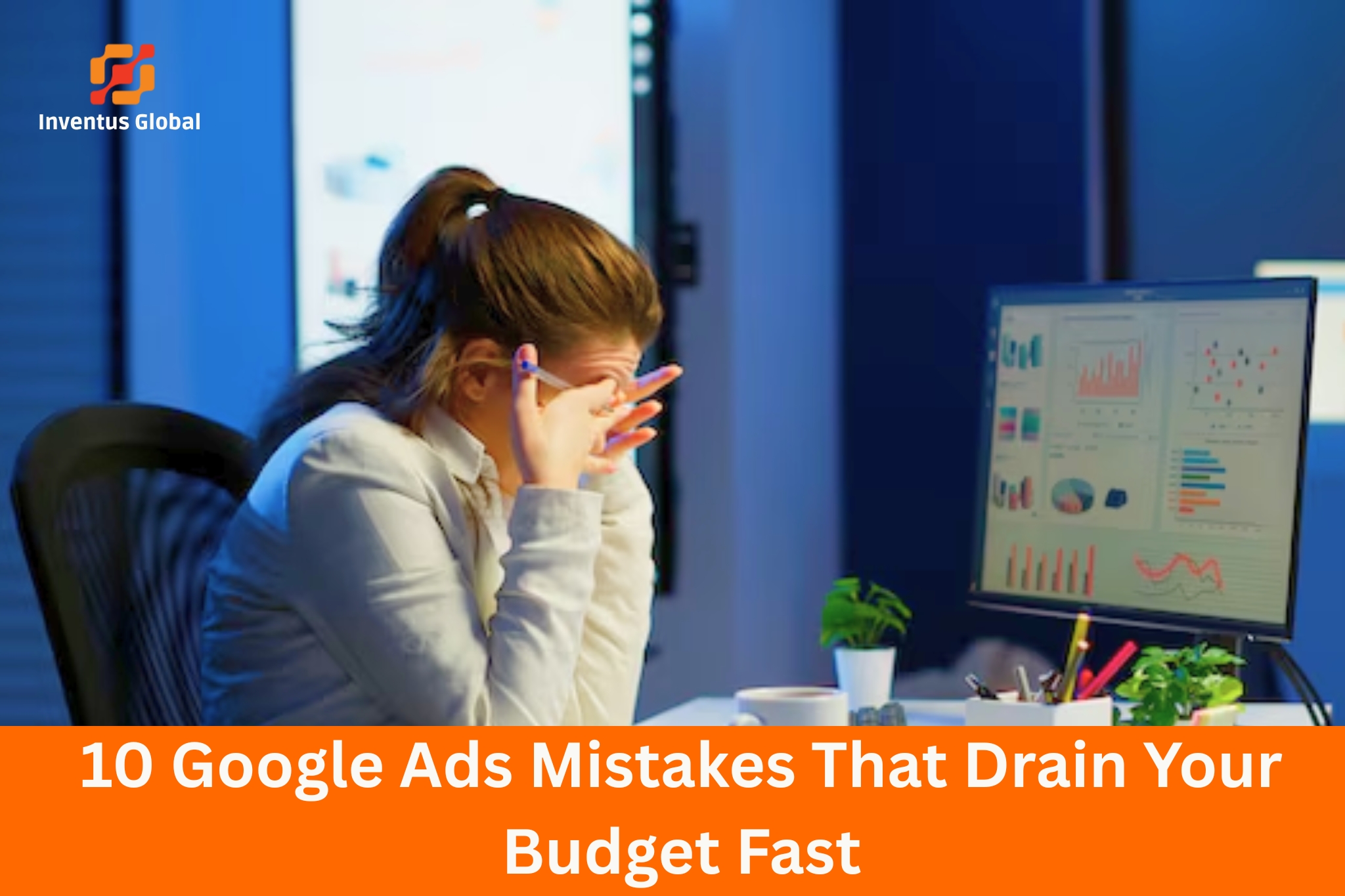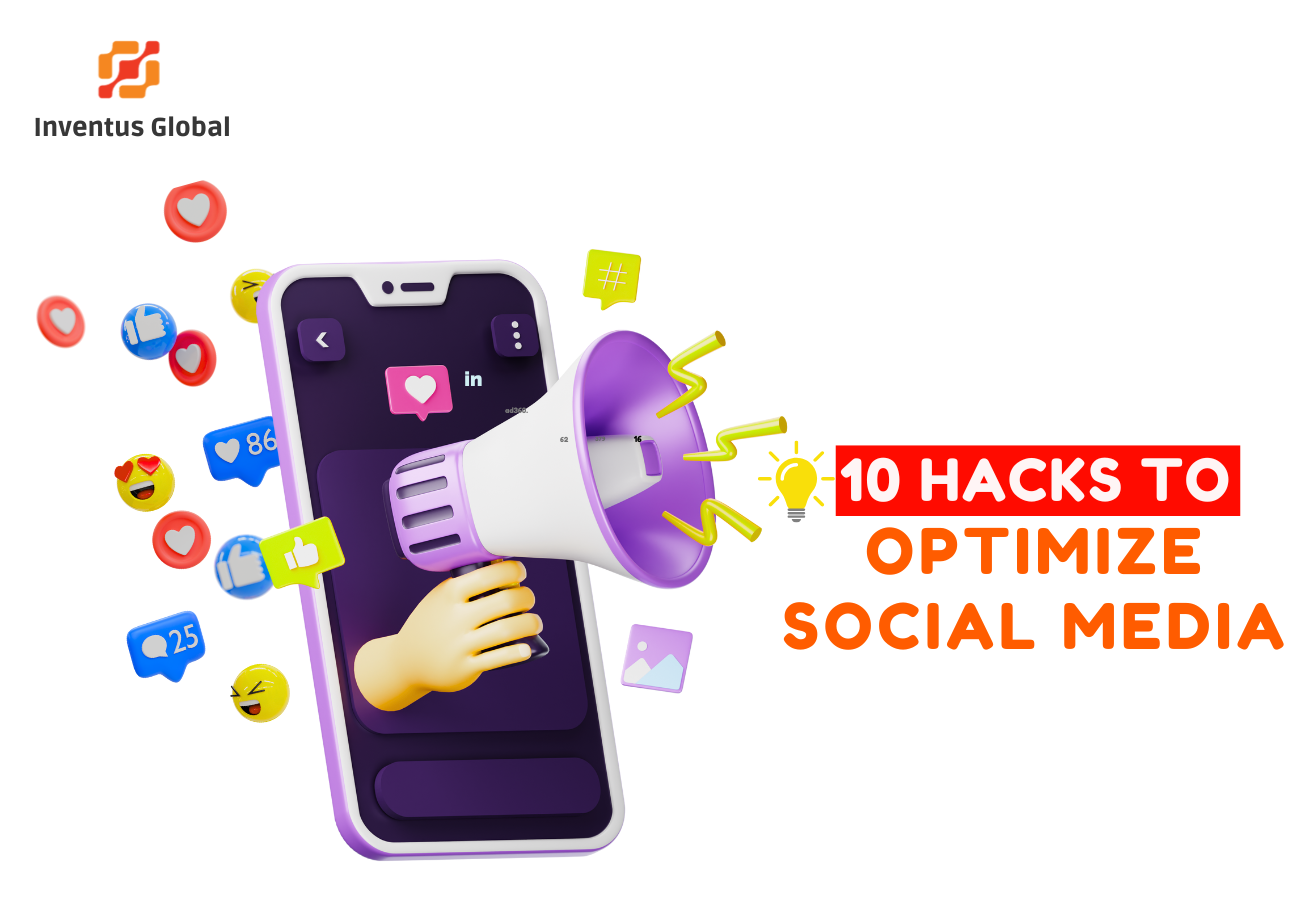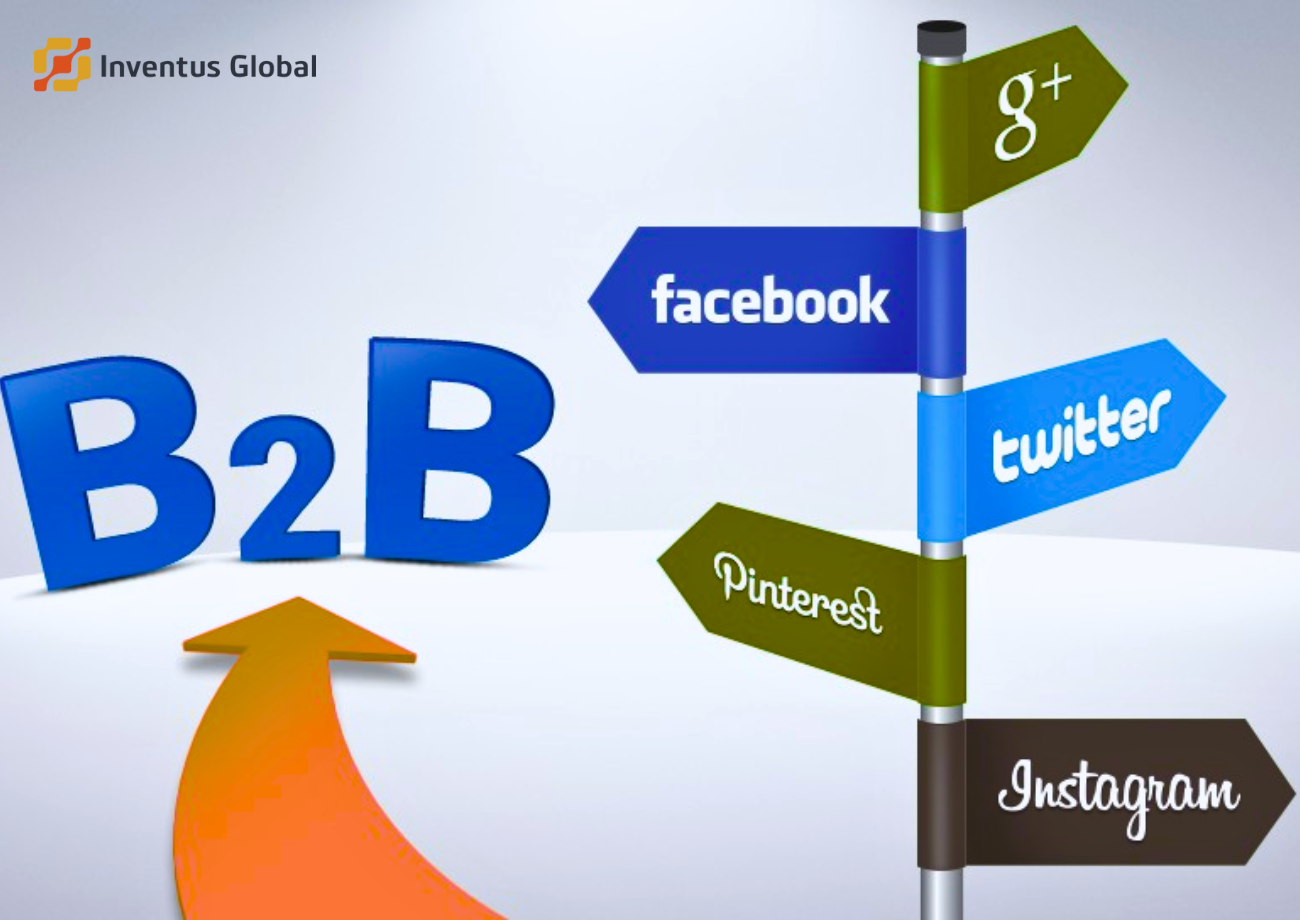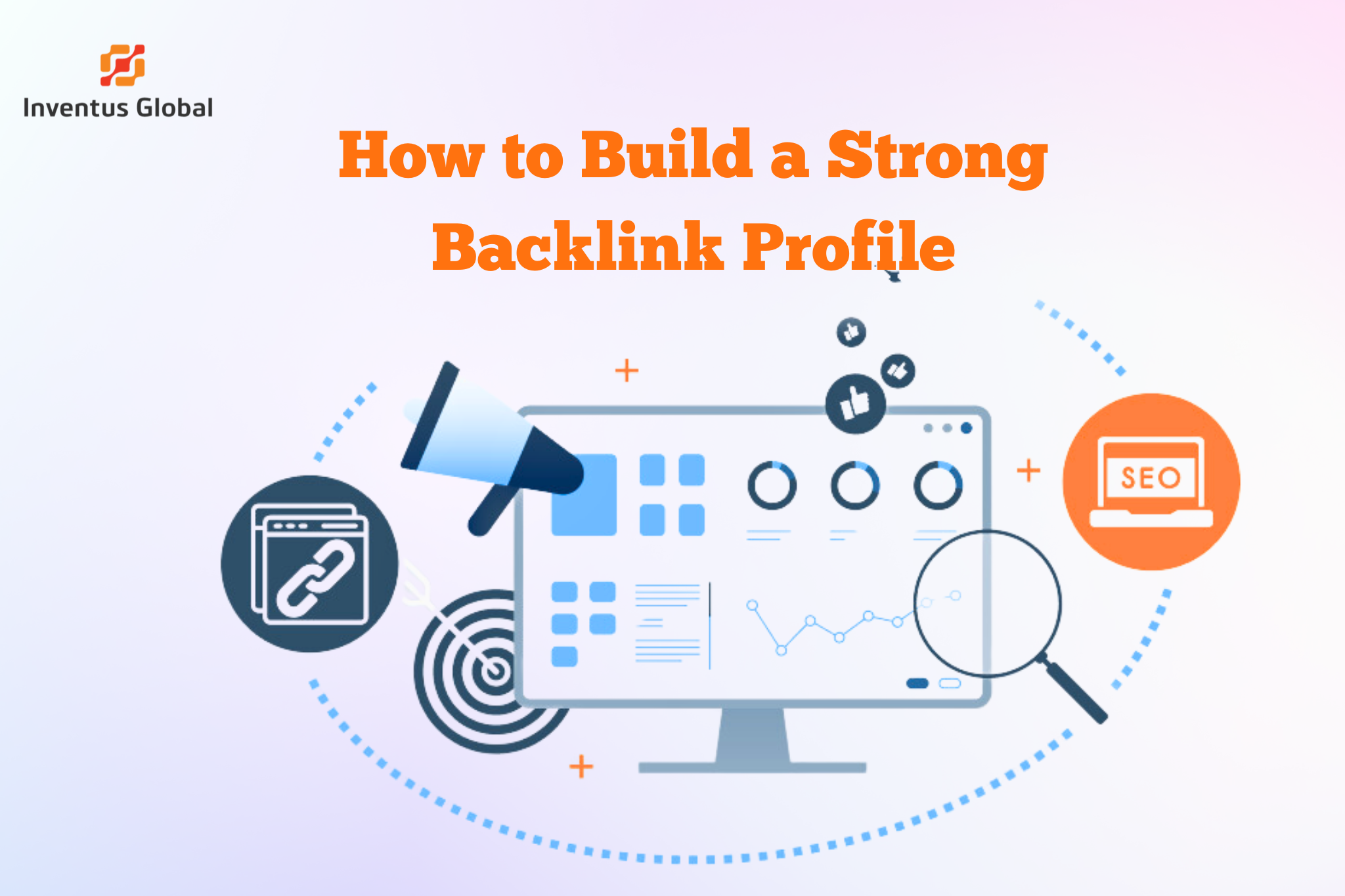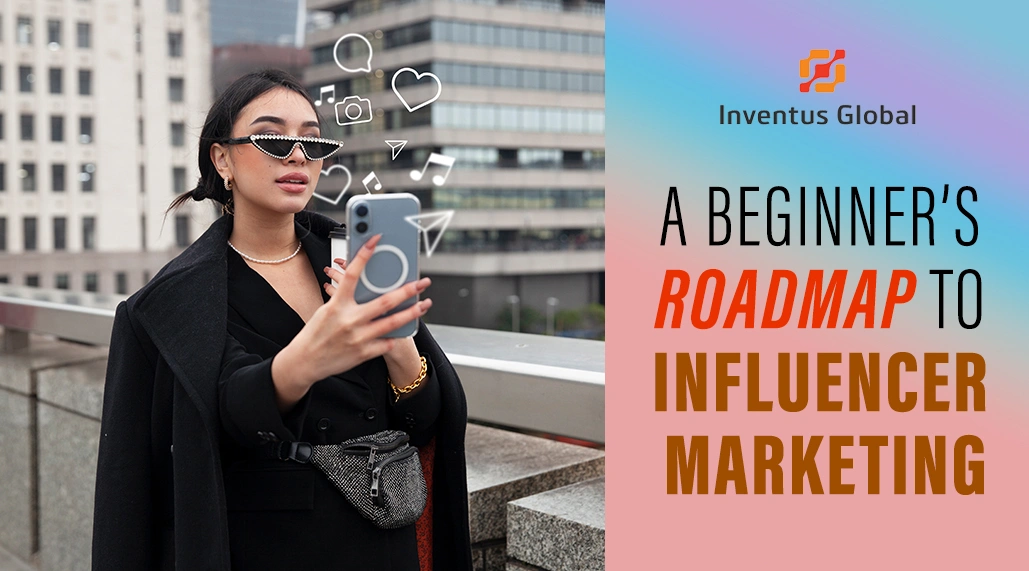Table of Contents
If you’ve ever posted something brilliant on social media, only to see it vanish into the abyss of zero likes and no engagement, you’ve probably asked yourself: “Did I use the wrong hashtags?” But what if the issue wasn’t your hashtag strategy at all? What if it was your hook – the very first line your audience saw?
At Inventus Global, we’ve worked on social media marketing for small business clients, ambitious startups, and enterprise-level brands. Across all of these campaigns, one lesson has echoed louder than the rest: your hook matters more than your hashtag.
The psychology, tactic, and framework of scroll-stopping hooks are dissected in this blog. We’ll also dive into how understanding hooks can dramatically improve outcomes across Facebook social media marketing, SEO and social media services, and even while you’re planning a digital marketing campaign.
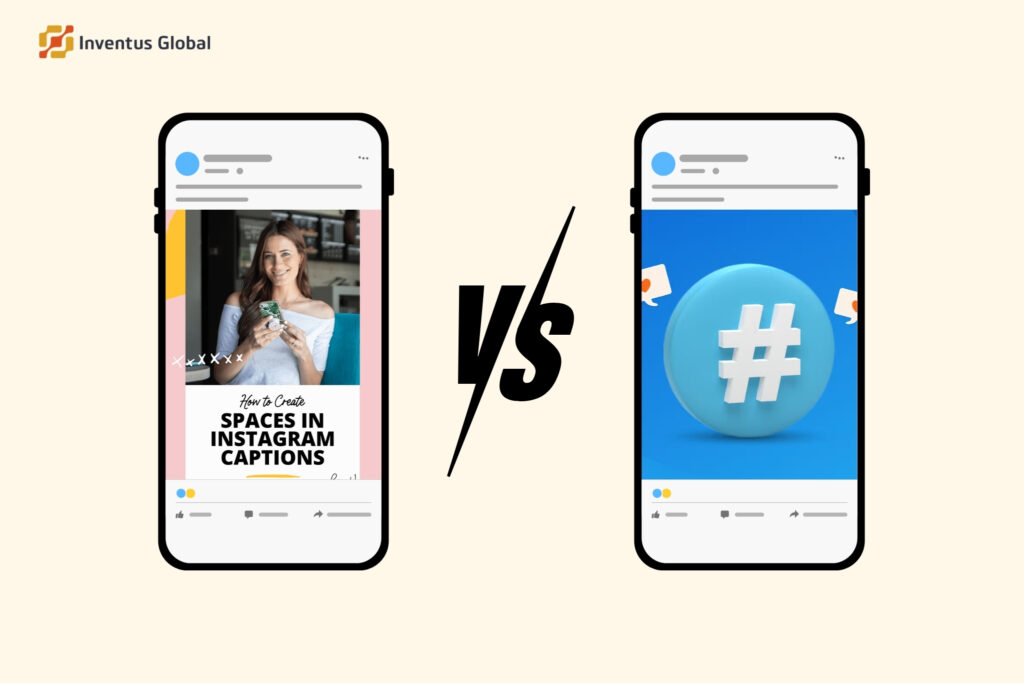
Hook vs. Hashtag: What’s Grabbing Attention in 2025?
Here’s the hard truth: users aren’t scrolling Instagram and Facebook to read hashtags. They are there to be inspired, educated, or amused. The algorithm won’t help you if your content doesn’t accomplish that in a matter of seconds.
With changes in how platforms rank content, especially short-form video, your Instagram video hashtag won’t get the reach you’re hoping for unless the hook instantly hooks viewers.
At Inventus Global, we’ve seen clients turn around stagnant engagement numbers just by reworking the opening few seconds of a Reel or the first sentence in a LinkedIn post. Hashtags amplify reach – but hooks are what stop the scroll.
What Makes a Good Hook, Anyway?
A great hook does at least one of the following:
Makes a bold claim
Asks a provocative question
Offers a surprising stat or fact
Addresses a pain point or desire
Creates curiosity
Let’s compare:
“Check out our new skincare line! #beautyroutine #glowup #skincareaddict”
“You’ve been washing your face wrong – here’s why your cleanser isn’t working.”
Notice how the second version pulls you in? That is a well-structured hook.
Whether you’re creating for Facebook social media marketing or SEO and social media services, this approach can drastically improve performance when you’re measuring digital marketing campaigns.
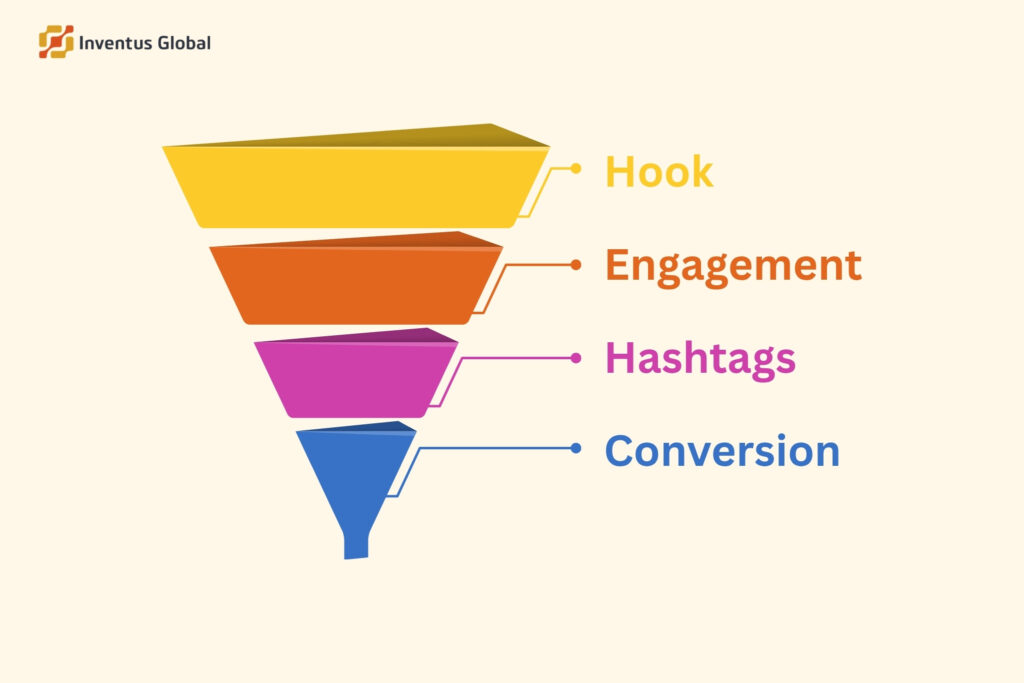
Why Hooks Are the New Growth Lever
Today’s users have milliseconds to decide whether your content is worth their time. That’s especially true in social media marketing for small business brands trying to compete with larger budgets.
Hooks are the entry point to your storytelling. They establish the emotional framework, the tone, and the expectations. No matter how optimized your Instagram video hashtag strategy is, it won’t matter if your audience never makes it past the first sentence.
When planning a digital marketing campaign, especially in content-heavy formats, we now start with hook ideation. We treat it like writing headlines for landing pages — because it often serves the same function.
The Emotional Science Behind Hooks
Hooks aren’t magic — they’re based on psychology. Humans are hardwired to respond to novelty, threats, gaps in knowledge, and strong emotion. That’s why a good hook works across both digital marketing growth strategy sessions and spontaneous social media posts.
Here’s a simple test: if your hook could also be the first line in an email that gets opened, it’s probably a good one.
We ran A/B tests for multiple clients at Inventus Global, altering only the hook and keeping the rest of the post the same. Posts with sharper hooks saw up to 430% higher engagement — even when measuring digital marketing campaigns on different platforms.
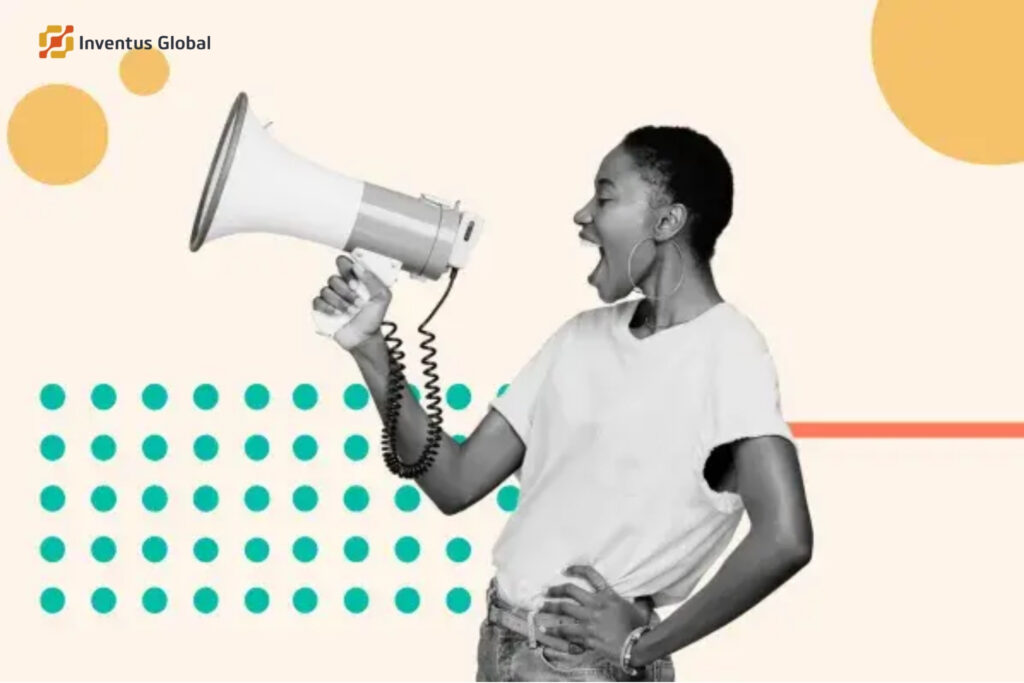
The Hashtag Trap: When It Becomes Noise
This isn’t to say hashtags don’t matter. They absolutely help with visibility, especially with a solid Instagram video hashtag approach. But if your hook doesn’t earn attention first, your hashtags won’t get the chance to perform.
We’ve seen brands rely heavily on keyword stuffing hashtags like #growthstrategy #marketingtips #brandgrowth, expecting magic. But even in Facebook social media marketing, it’s the first 5 seconds that carry the most weight.
How to Structure High-Performance Posts
Let’s break down the anatomy of a winning post:
- Hook: Stop the scroll.
- Story or Value: Build connection or deliver information.
- CTA: Encourage action – a comment, a save, a visit.
- Hashtags: Add context and boost discoverability.
No matter what platform you’re posting on, this sequence works – and it’s the foundation we use when planning a digital marketing campaign for our clients.
Platform-Specific Lessons We’ve Learned
Here’s what works, platform by platform:
Visual-first platform. Hooks should appear in text overlays or captions.
Your Instagram video hashtag strategy should support your niche — not try to reach everyone.
Still rewards long-form value posts.
Facebook social media marketing performs best when paired with emotional or problem-solving hooks.
People are expecting thought leadership and professional growth.
A well-written hook here leads to deeper engagement than hashtags alone.
Crafting a Hook for Your Brand Voice
Some brands are casual. Others are aspirational. Some are cheeky, while others are clinical. Your hook should reflect that – not imitate what’s trending.
That’s one key insight from our digital marketing growth strategy process at Inventus Global. We always anchor hooks in audience psychology and brand identity. When your hook sounds like you – and makes people pause – everything else clicks into place.
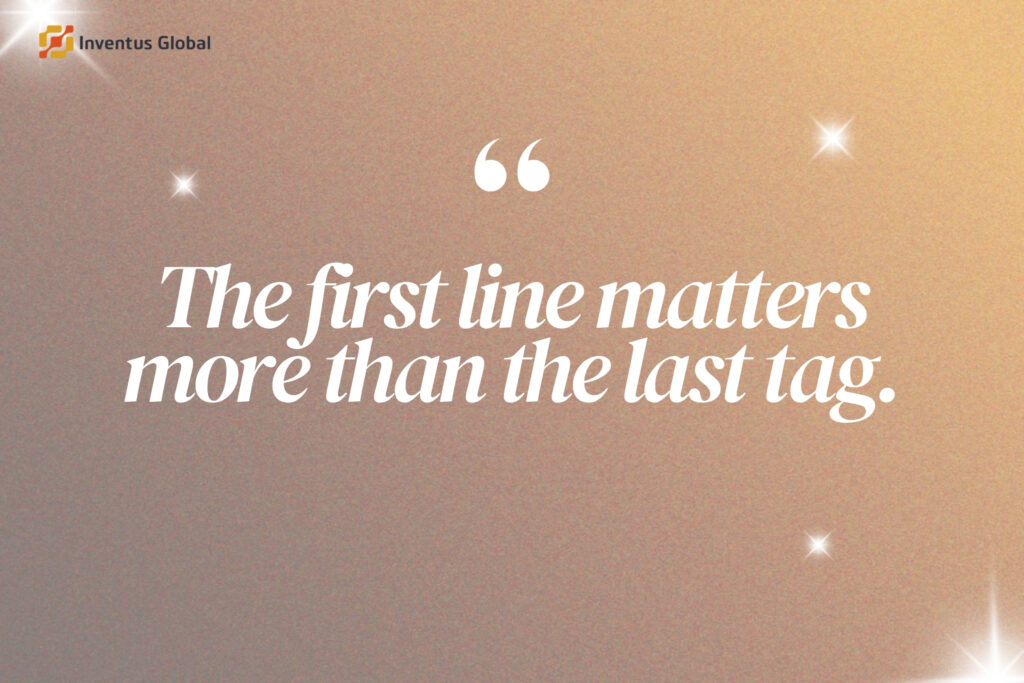
Conclusion: Say It Better, Not Just Louder
To build reach, you need hashtags. But to earn attention, you need hooks. That’s the equation we’ve found to be true across every campaign, every platform, every audience.
The next time you find yourself brainstorming hashtags, pause and ask — what’s the one line that’ll make someone stop and care?
That’s your real job.
So whether you’re offering SEO and social media services, social media marketing for small business, or still measuring digital marketing campaigns across platforms – remember: your hook matters more than your hashtag.
FAQs
Why does a hook matter more than hashtags?
Hooks grab attention immediately, increasing the chances your content gets viewed. Hashtags help with discovery – but only after the content is engaging.
How can I come up with a strong hook?
Ask a question, state a surprising fact, or call out a pain point. Study how your audience speaks and responds.
Do hooks apply only to videos?
No. Hooks work across all formats – Reels, static posts, carousels, email, blogs, and more.
How do I balance hashtags and hooks in my posts?
Lead with the hook, end with strategic hashtags that align with your niche. Avoid overloading either.
Can I use this strategy for Facebook and LinkedIn too?
Absolutely. Hooks are universal in human psychology. Every platform rewards content that earns attention early.


